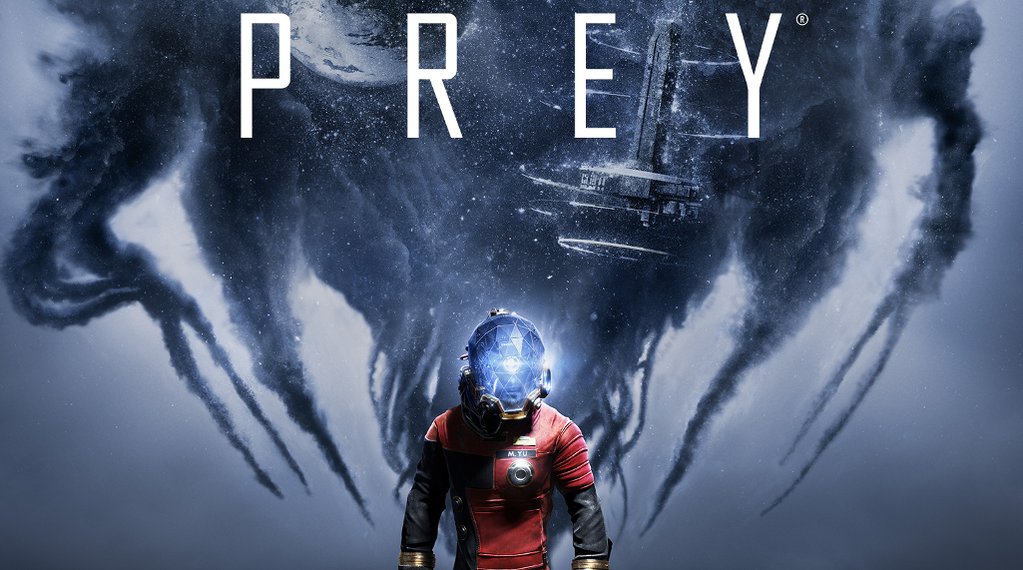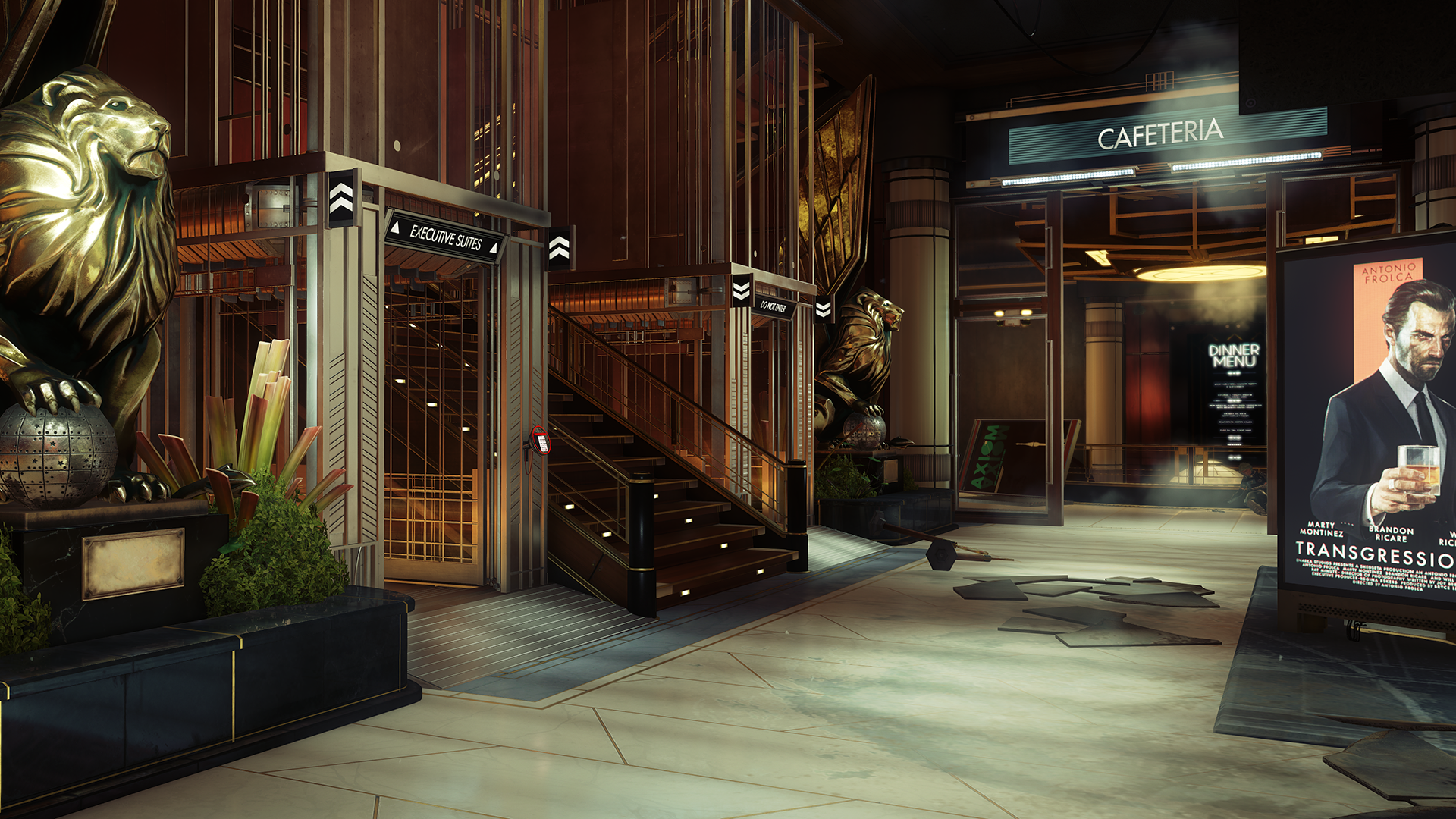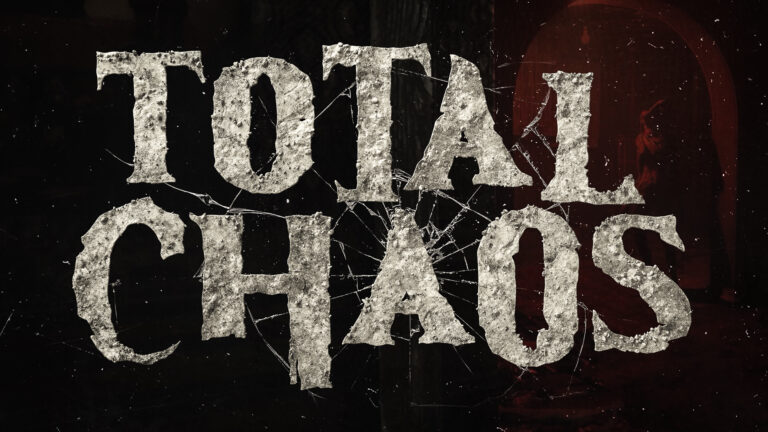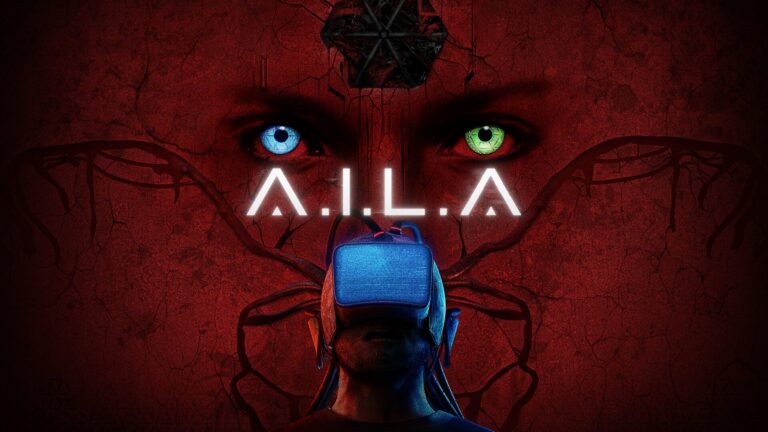There’s an old saying that you’re only as good as the company you keep, and that idiom takes on a slightly different meaning with Arkane Studio’s Prey. Every game released these days is built on certain genre expectations, but that doesn’t mean games can’t deviate from the path to create their own identity. The more I played Prey, the more I saw how proudly it wore its influences on its sleeve. That’s not inherently a bad thing, but all too often it just made me wish I was playing that from which it was drawing from instead.
In Prey 2017, you will play as Morgan Yu, a researcher who find themselves aboard a space station in the far future called Talos-1. Unfortunately for Morgan, the station is largely abandoned, save for a particularly nasty alien menace that’s taken up residence and chased most of the human inhabitants out. Worse yet Morgan suffers from amnesia, leaving them in the dark as to what has transpired on Talos-1.
Prey’s story was the first big sign that I was about to play something too derivative for its own good. We’re all familiar with the premise of a lone hero on abandoned space station. We’ve seen this play out a thousand times already in games, let alone other mediums. Furthermore, much of Prey’s finer plot details are delivered to the player by way of a character named January. They will tell you when and where to go, spout off expository dialog, and keep you in the dark about their true intentions for most of the game. I couldn’t help but immediately draw parallels between January and Atlas from the original BioShock. Both are even represented by a small avatar in the right-hand corner of the screen, and all communication is over a radio. Perhaps I’m being nitpicky in this regard, as you could easily turn this critique on itself and say that BioShock was just aping System Shock 2’s storytelling methods, but that only further illuminates the fact that this story has been told in this exact fashion ad nauseam. The bottom line is that it’s hard to get invested in the plot of Prey when we’ve seen it play out many times over.
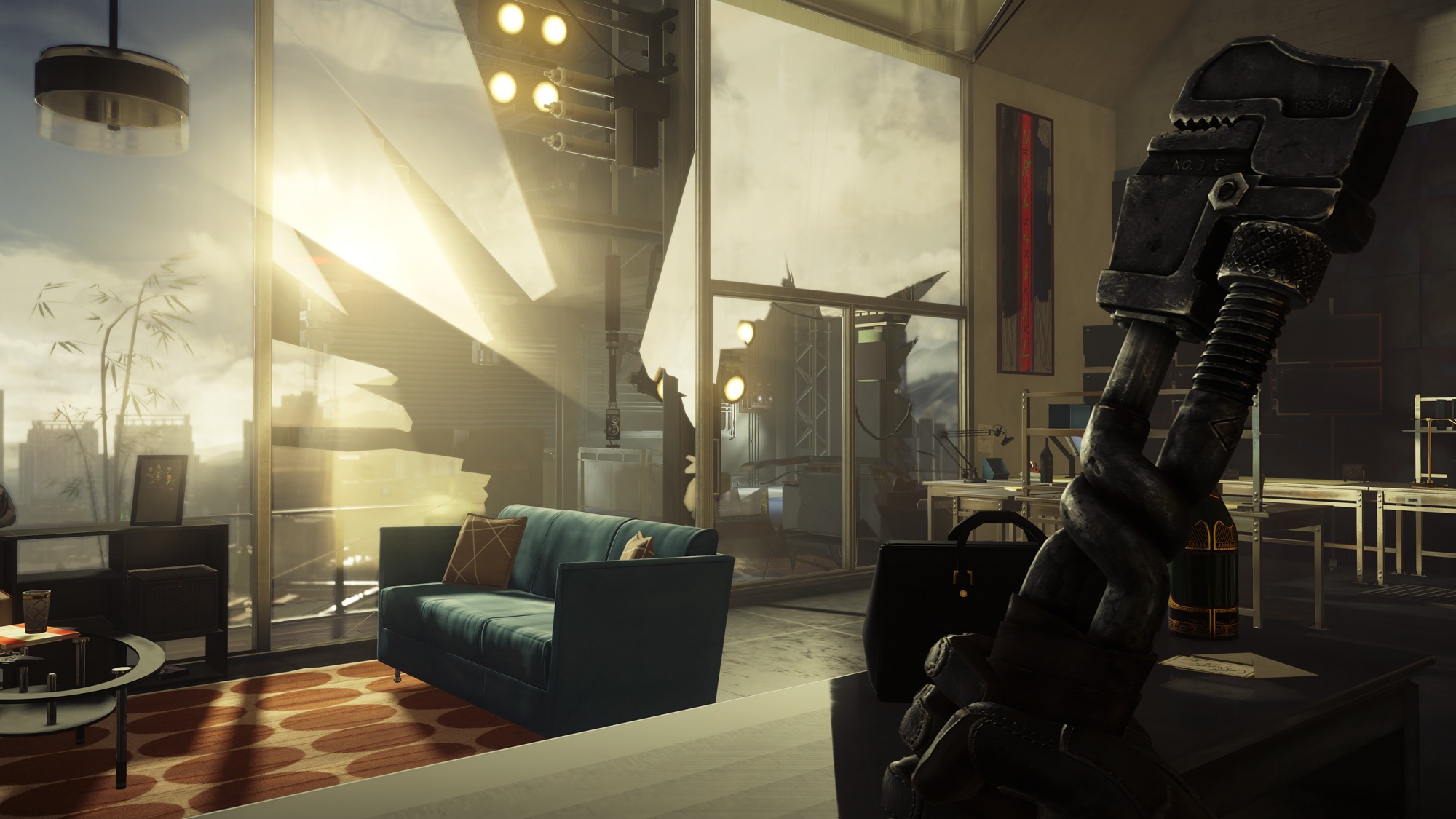
While I won’t spoil the details, I will say that within the first hour of the game I had a guess as to what the ending would be. Low and behold I was right because it involved a massive cliche we’ve all seen in the SciFi genre a hundred times over. It’s played completely straight too, and the game expects you to be surprised by the revelation which made the finale unintentionally comical. Now, a cliched plot in and of itself isn’t a bad thing — every story is derivative to an extent; the problem is Prey’s narrative never elevates itself above that of what’s expected.
Where Prey makes up for its narrative shortcomings is traversal throughout Talos-1. The cramped, but labyrinthine corridors of this game feature some truly impressive level design. Several moments found myself delighted over the fact that I’d discovered a huge optional area purely by accident and experimentation. You aren’t funneled through corridors or forced along a set path. Instead, the game smartly uses side quests to remind the player that there’s a lot more to these levels than one might initially believe. It really does feel like you’re exploring a sprawling space station that people used to live in and not just environments in a videogame.
The side quests in Prey are often one-off, tightly woven little narratives that I found pretty interesting. They compliment the gameplay well as mentioned above, and were full of tidbits that let you discover just exactly what happened to the people of Talos-1. In a lot of ways, this made up for the mediocre writing found in the central plot. Prey is at its best when you are exploring, taking in side content, and working away at its content at your own pace. There’s a lot of detail you’ll miss out on if you rush through the game and focus on the central plot.
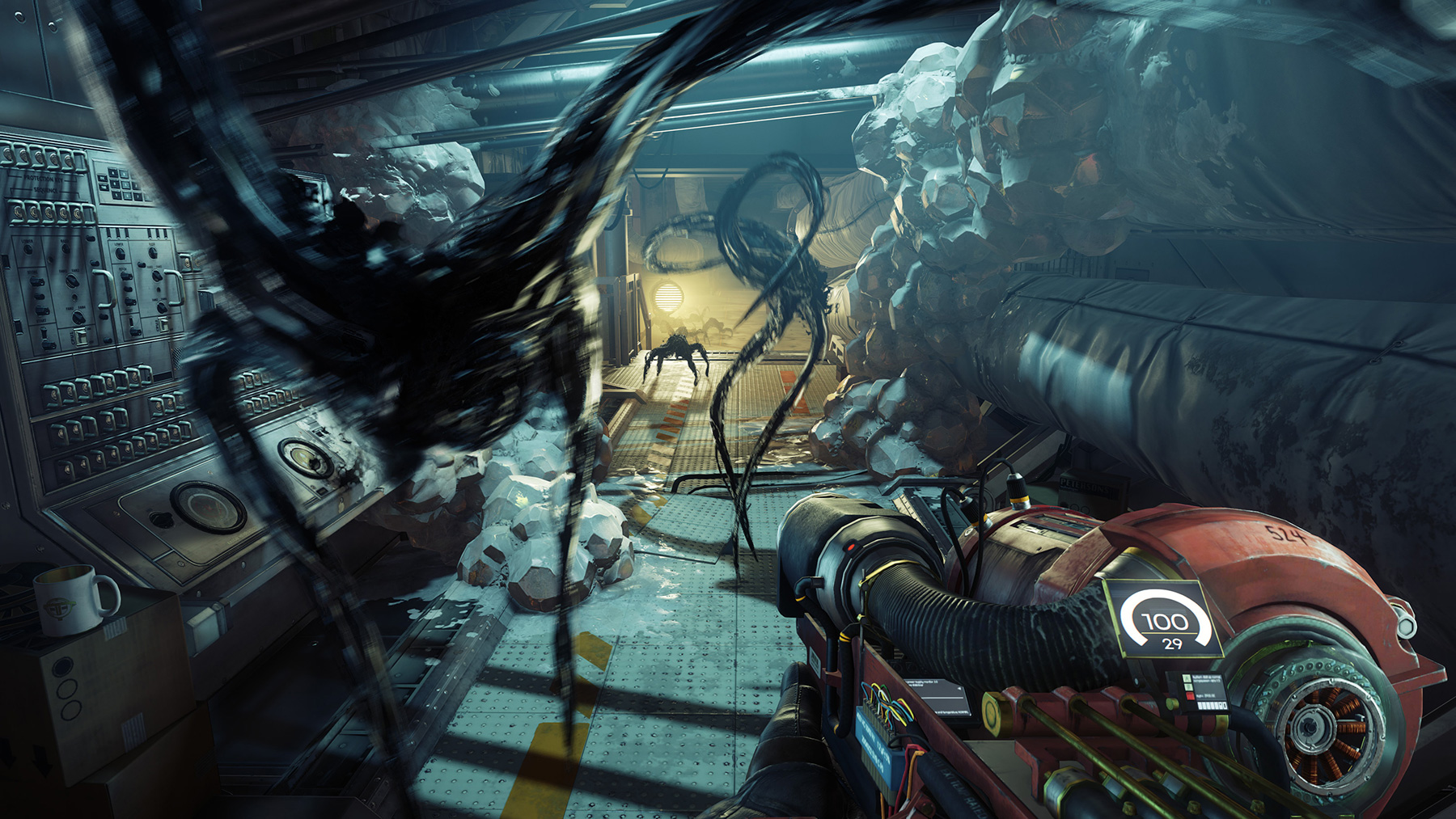
As for combat in Prey, it is sure to be a bit divisive among players. If you engage enemies in a full frontal assault, you’re probably going to get bored quickly. There’s a rock-paper-scissors flow to gameplay, where some weapon combinations are overly effective making certain enemy types a cakewalk. There’s always a “best way” to deal with unique enemy types, and more often than not I found myself resorting to trial and error to see what worked best. Perhaps that was the intent on the part of the developers, but fighting squishy enemies that soak up damage does not make for engaging gameplay. To be fair, though, there’s a good deal of imagination in Prey’s arsenal. The GLOO gun, in particular, is like a large sticky goop dispenser, and it’s fun seeing enemies get caught up in it.
It should be noted that Prey is actually a fairly tough game at points, even on the lower difficulty settings. There are moments where you’ll encounter a particular enemy type that can bounce your head off the floor on a whim if you try to get past it with brute force. I mentioned Prey’s trial and error approach to enemy encounters; there’s a good chance the game wants you to come back to segments like this later. As you work your way through the game, you’ll be able to enhance your character through neuromods. These are a series of skill trees where you can distribute skill points acquired throughout the game and tailor things to your preferred playstyle. So seeing as how I didn’t enjoy combat, I opted for a build where I could sneak past and avoid as many enemies as possible. Stealth also alleviates the stress of the aforementioned difficulty spikes too. If nothing else, Prey is a game where flexibility is encouraged, and they give you plenty of options.
One of my major gripes with Prey is when it comes to the horror elements. This game is one cheap loud jump scare after the other, the kind where you’ll start getting aggravated by the frequency of them. Jump scares are fine, and they have their place, but you need to earn them. I could sneak up behind you and yell at the top of my lungs if I wanted to make a person jump but that wouldn’t make me the next John Carpenter, would it? It’s tired, it’s lazy, and I dislike even having to mention all this cause you’ve heard this lecture before. Everyone knows jump scares are cheap if you lean too hard on then, so why Arkane opted for this approach is beyond me. For all the ways the game draws from System Shock or Alien, it never takes the time to establish a cerebral atmosphere like those did.
Now a lot of my more critical points in Prey are surely going to come down to taste as is the case with jump scares for example. Unfortunately, one thing about Prey that is objectively a huge problem is its lack of polish and quality assurance. In my 18 hours with the game, I had four separate instances of my saved games being corrupted, specifically the quicksaves and autosaves. Obviously, I mentioned that the game is tough, so you’re going to be relying on the autosave function often, and in the four instances I mentioned earlier my game crashed to desktop if I tried to load from the autosave. You can avoid this to some degree by using the manual save often, but the fact of the matter is this sort of issue should not be in the final game. After perusing around online, I can confirm this autosave issue is happening to a lot of other players too. I’m sure Arkane and Bethesda are aware of it and are working on a patch, but it’s a big fault all the same. There’s nothing quite like spending an hour exploring the environments only to have your autosave get corrupted and lose a wealth of progress.
Prey has a lot of great ambitions, with some being successful and others not so much. The level design is immaculate, the neuromods allow you to adapt Morgan to your preferred playstyle, and when you couple those two factors together you get a game with a lot of replay value. My biggest problem with Prey is just how familiar it feels. It’s BioShock without the set dressing and splendor of Rapture, it’s System Shock 2 without great characters like Shodan, and it’s Dead Space if you subtracted the horror to nothing but jump scares; it’s a jack of all trades, master of none. Ultimately Prey just made me want to revisit all of the established worlds that it was drawing from rather than spend anymore time on Talos-1.
 (6 / 10)
(6 / 10)
Above Average
 (6 / 10)
(6 / 10)Rely on Horror Review Score Guide

 Levit0
Levit0